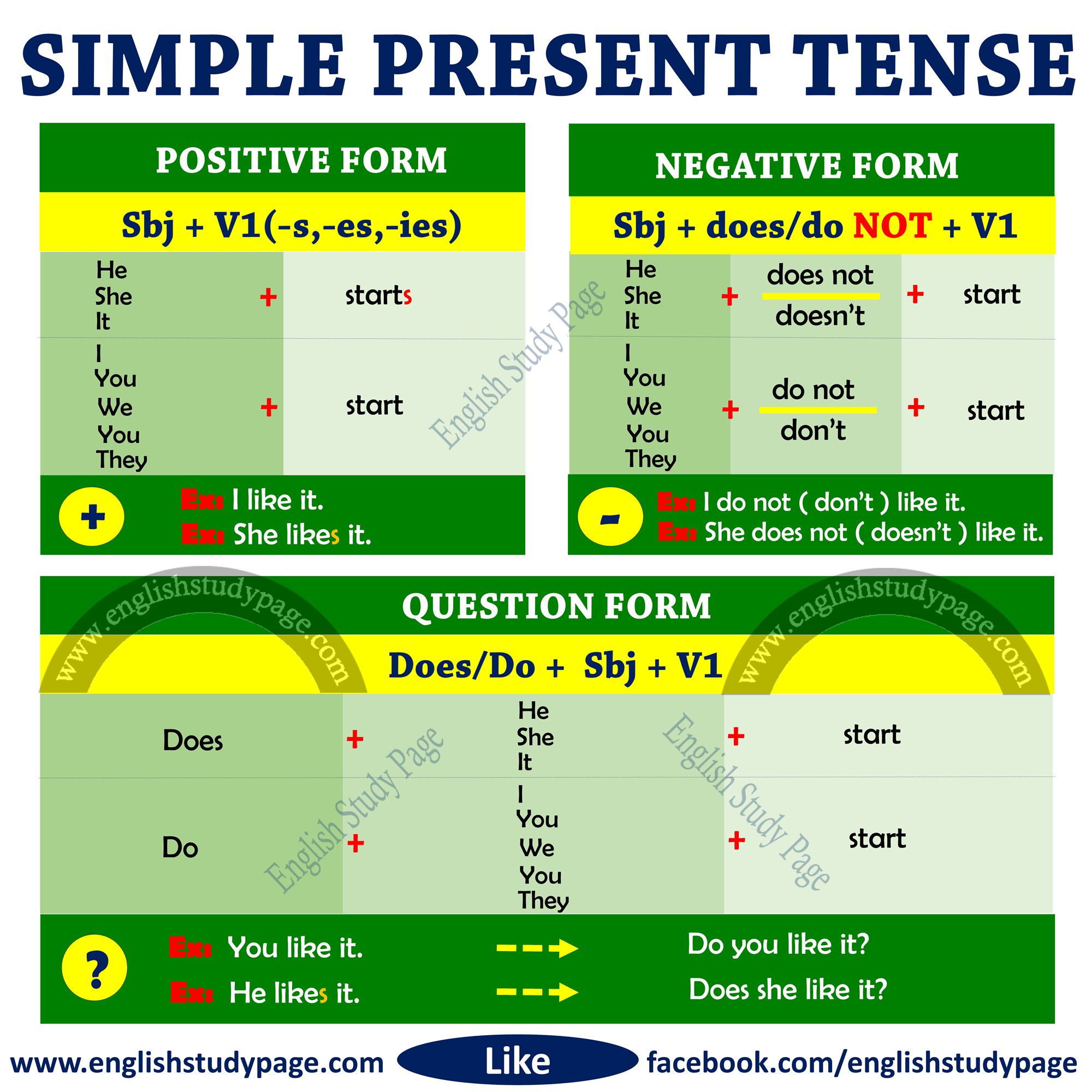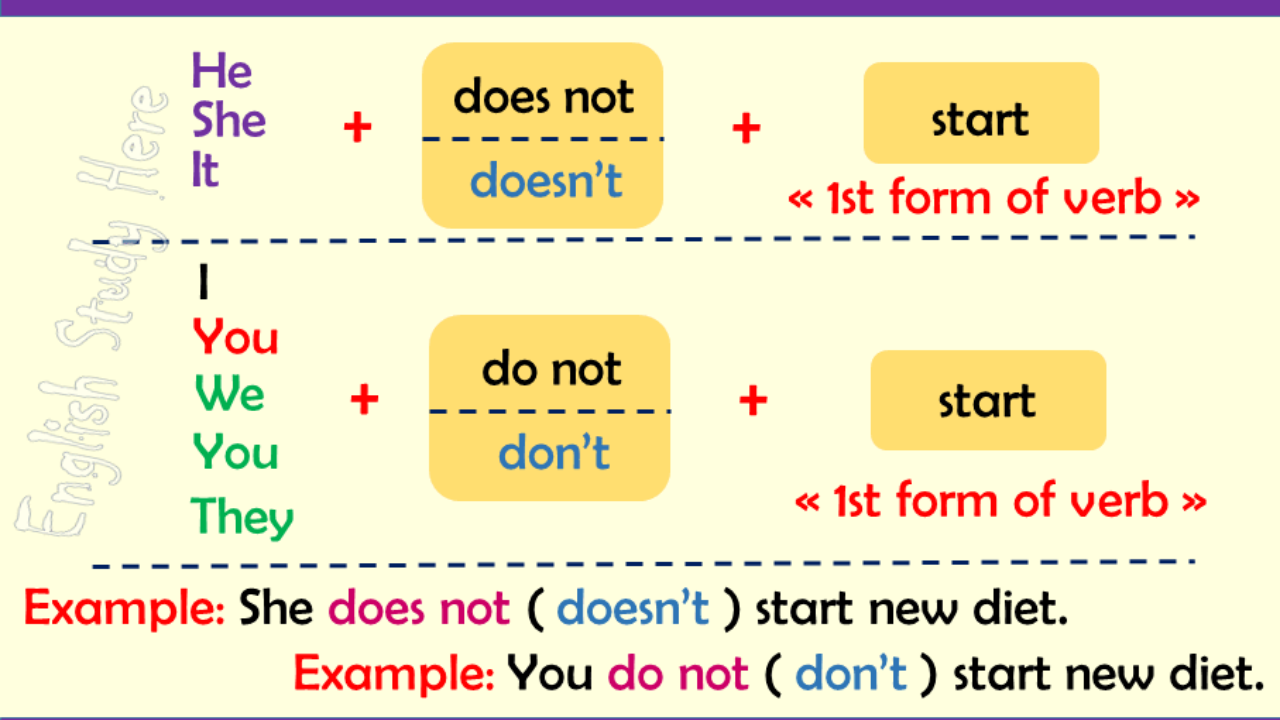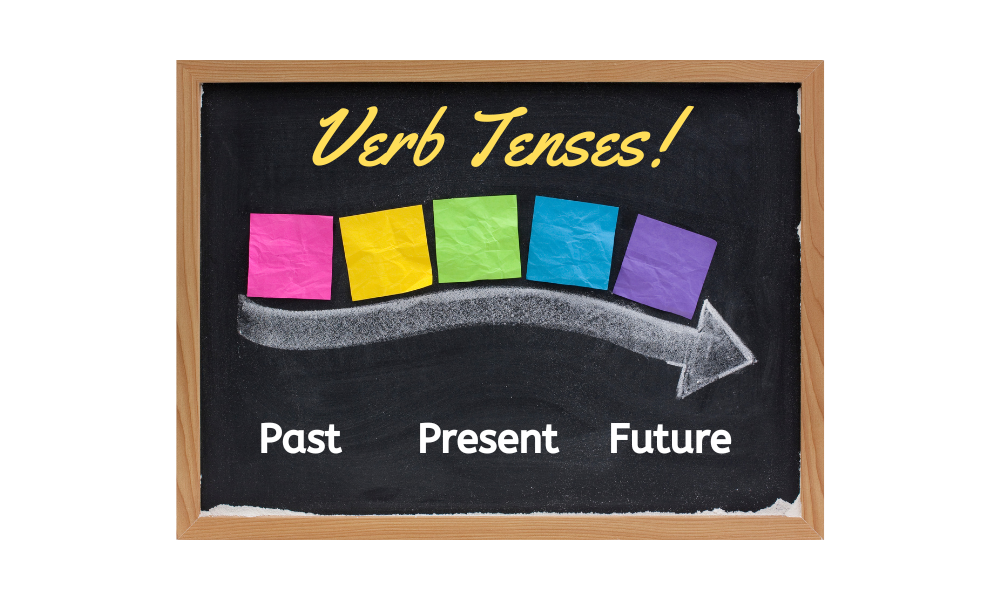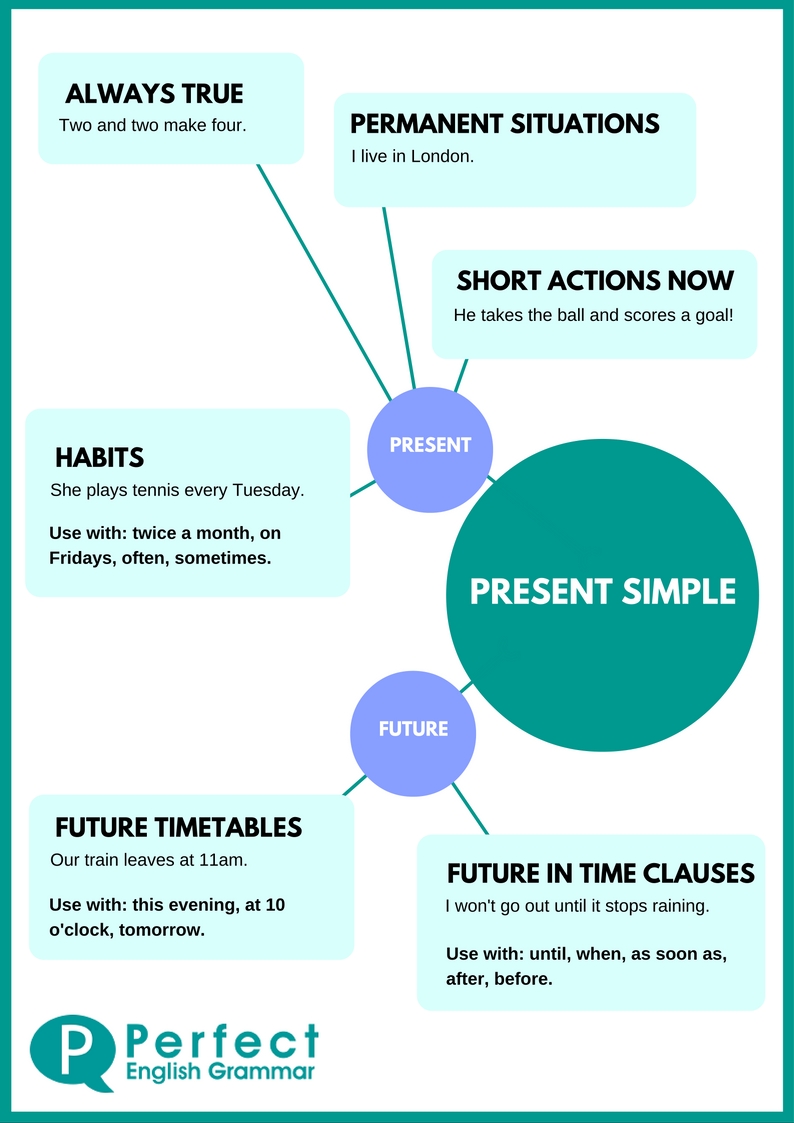Structure of Simple Present Tense - English Study Page

Structure of Simple Present Tense - English Study Page
SIMPLE PRESENT TENSE This post includes detailed expressions about simple present tense and its structures in english. Please follow the list about Structure of Simple Present Tense; The tenses simply show the time of an action. Simple Present Tense indicates an action which happens in the present, but it isn’t necessary for actions to happen right now. Simple present tense indicates, unchanging situations, general truths, scientific facts, habits, fixed arrangements and frequently occuring events. The Structures of Simple Present Tense POSITIVE FORMS (+) : Subject ( I, You, We, They ) + V1 ( First Form of Verb ) Subject ( He, She, It ) + VERB – S / ES / IES NEGATIVE

Present Tense - Definition, Structure, Rules and Examples

Simple Present Tense in English - English Study Here

English Grammar (The Simple Present): Lesson 2-Talk about Habits

Simple Present Tense - Definition, Structure, Rules, Uses and Examples
:max_bytes(150000):strip_icc()/GettyImages-1054630262-43409feba03a4194bacc8e210be19e32.jpg)
Simple Past Tense Definition and Examples

Simple Present Tense – English Grammar – English Study Page

Present Continuous Tense - English Study Page

Tenses for Beginners: The Easy Guide to Learning English

Structure of Simple Present Tense - English Study Page

12 Verb Tenses in English Explained - Grammar

12 Types Of Verb Tenses And How To Use Them


